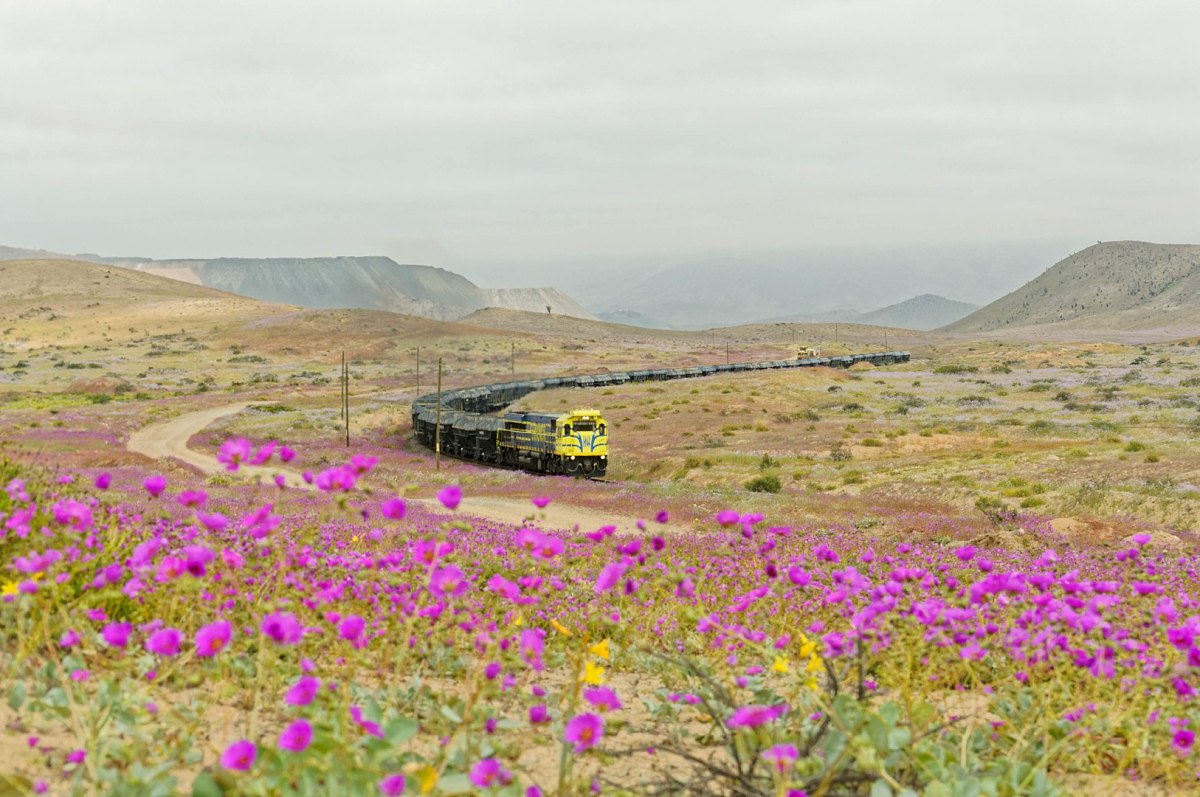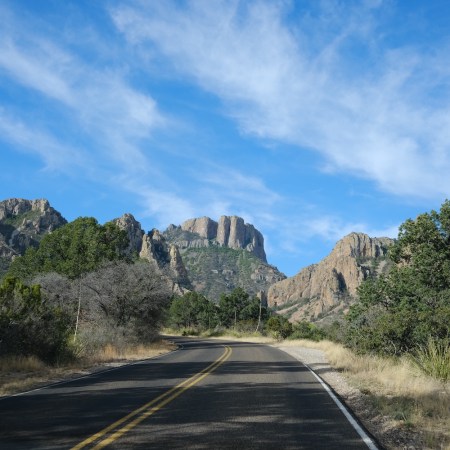You’re not likely to see flowers blossoming on the surface of Mars — at least not without the use of a lot of technology — but if you travel to Chile at the right time, you can see the next best thing. The Atacama Desert is, as a New York Times article once pointed out, a dry enough environment that NASA has used it to research what conditions on Mars might be like.
But every few years, enough rain falls there to make the landscape abound with flowers. Earlier this month, Gabriel Boric — the president of Chile — announced that the region would now be home to the Flowering Desert National Park. The designation was made to draw attention to this aspect of the landscape — but also so that it could be protected from environmental threats that might arise.
Writing at The Observer, John Bartlett has more details on how this flowering phenomenon takes place. The flowers that grow in the desert are a kind of plant known as geophytes — if you’ve ever planted flowers that grow from a bulb, you have a general sense of what to expect. These can remain dormant underground for years; when enough rain falls in a winter, the plants emerge in the spring, transforming the landscape and ecosystem.
As Bartlett explains, the flowers usually bloom in the wake of El Niño. This year, when they’ve blossomed following La Niña, represents a much more rare occurrence. And with new protections slated to go into effect with the national park, that will help safeguard this aspect of the region for future generations.
Thanks for reading InsideHook. Sign up for our daily newsletter and be in the know.


















